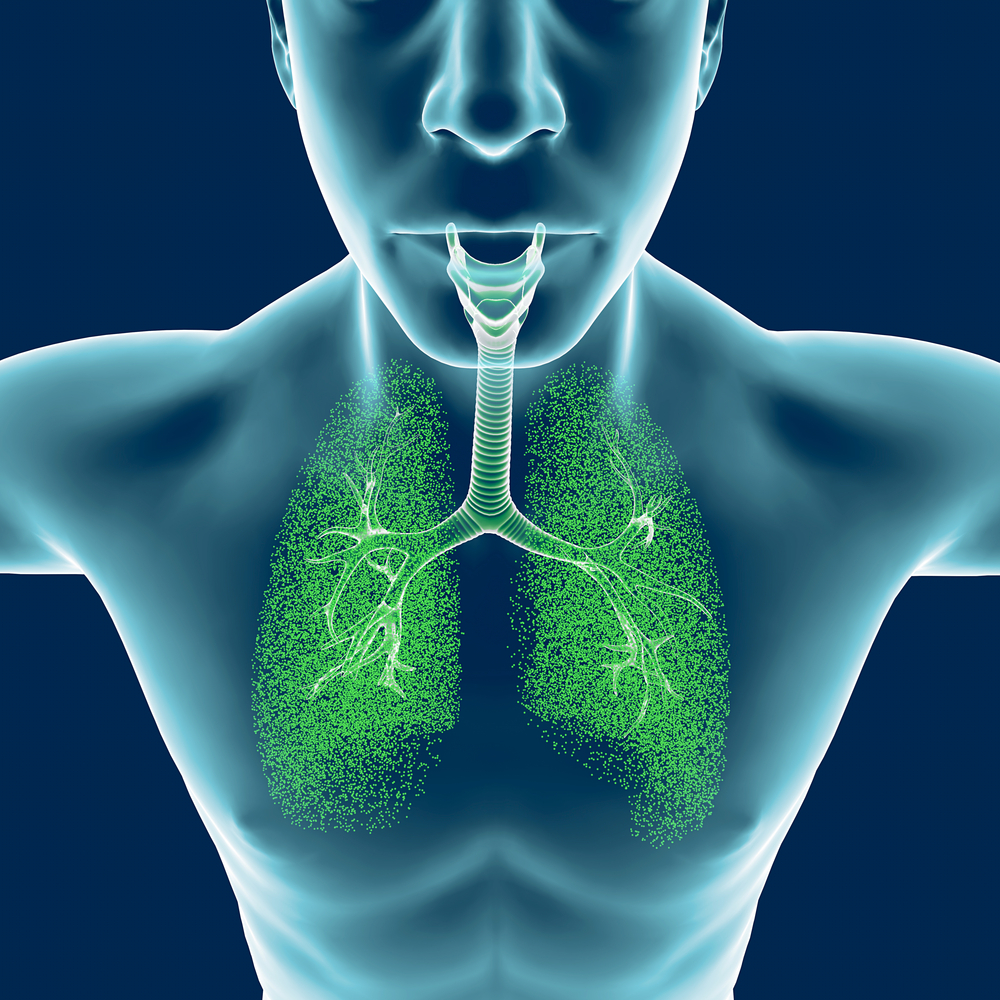Life Expectancy Similar for HAE Patients and General Population in Italy, Study Shows
Written by |

In Italy, people with hereditary angioedema (HAE) types 1 or 2 are not at an increased risk of premature death relative to the general population, and swelling that blocks the airway is not the main cause of death, a new study has found.
The study, “Life expectancy in Italian patients with hereditary angioedema due to C1 inhibitor deficiency,” was published in The Journal of Allergy and Clinical Immunology: In Practice.
HAE types 1 and 2 are both caused by mutations in the gene that provides instructions for making the C1-inhibitor protein (C1-INH); collectively, they are referred to as C1-INH-HAE. This is the most common cause of HAE, with an estimated prevalence of one in every 65,000 people In Italy.
HAE is characterized by sudden and recurrent episodes of swelling in the deep layers of the skin, caused by leaky blood vessels. It normally affects the face, extremities, and gastrointestinal tract, but patients may experience swelling attacks in the upper airways, which can be life-threatening.
Such attacks can be effectively managed if treatment is given promptly, but they are still believed to be common causes of death in HAE. Despite this, studies actually assessing the life expectancy and cause of death for people with HAE are scarce.
To address that, researchers examined data collected by the ITAlian network for C1-INH-HAE (ITACA) in the HAE Global Registry (NCT03828279), a group of people with C1-INH-HAE who were diagnosed from 1973. This included 1113 people, 90 of whom had died as of 2018.
Because there was a greater likelihood for death in the study as time went on and participants aged, the researchers used age-adjusted data from the general Italian population to estimate how many study participants would have been expected to die over the course of the observation.
These estimates were 54.4 deaths for females and 39.8 for males. The actual numbers of deaths observed were 43 females and 47 males. For both genders, the differences between the estimated and observed numbers of deaths were not statistically significant.
Furthermore, when researchers looked at the most recent data (2011–2017), the average age at death in HAE patients was 78.2 years for females and 72.6 for males. For the general Italian population, these respective values were 82.9 and 77.4 years.
“In this survey, life expectancy was not significantly different in comparison with the general population,” researchers wrote.
Causes of death were identified in medical records for all but two of the 90 people who died during the observation period. The most common cause of death was cancer (32% of deaths), followed by heart disease (24%). These are common causes of death reported in the general population.
However, death by swelling-induced suffocation was the cause of death in only five (6%) patients. In all five cases, treatment was either not available or was delayed substantially.
“We conclude that upon availability and appropriate use of on demand treatment, asphyxiation is not leading cause of death in C1-INH-HAE patients,” the researchers wrote.





